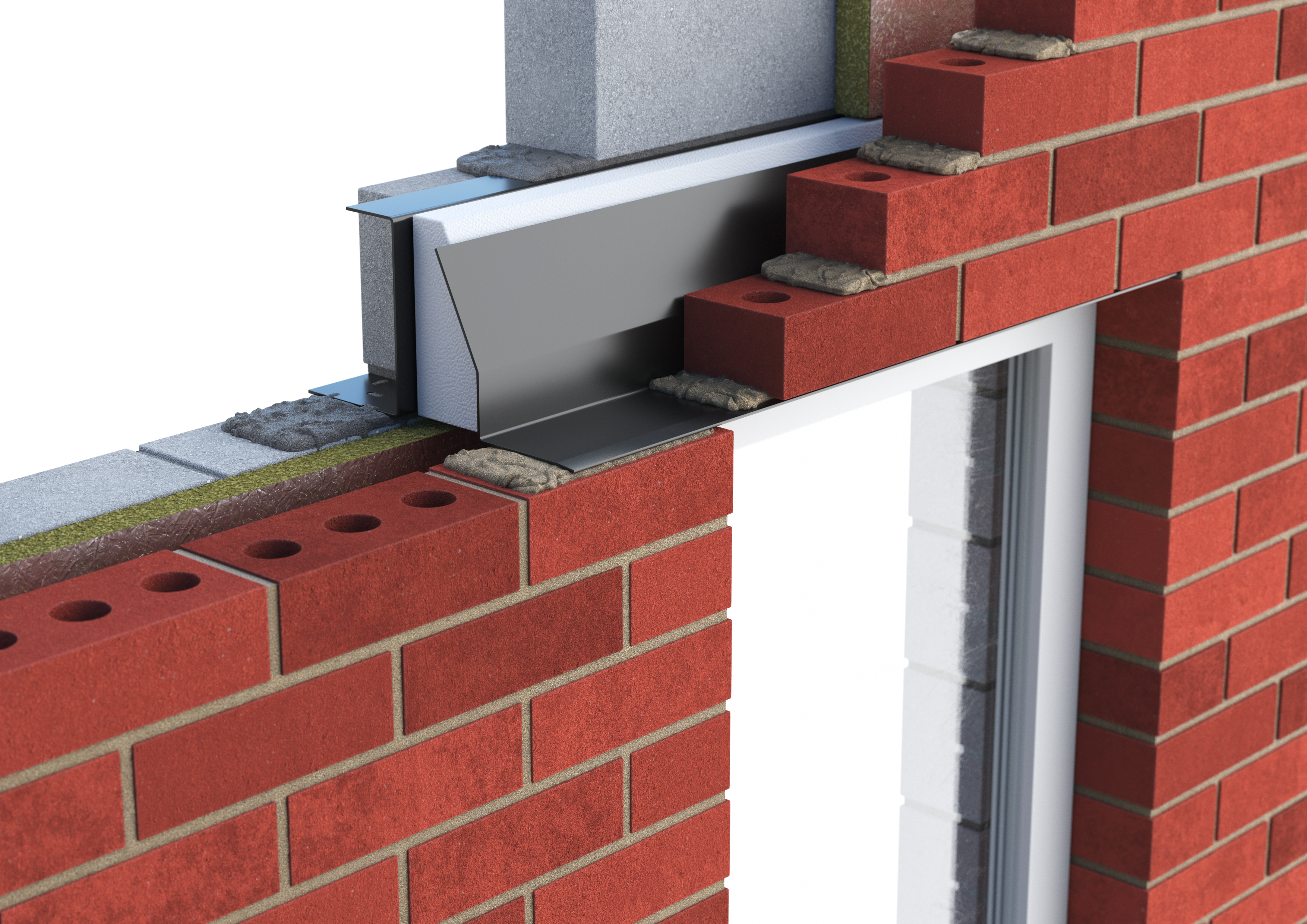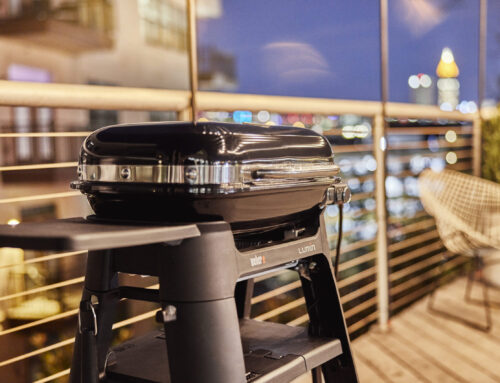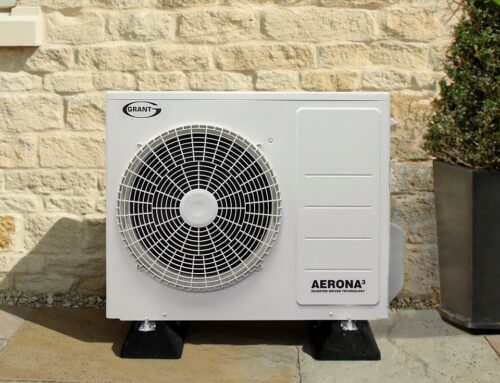As steel is a good conductor of heat, the lintel usually provides a pathway across a cavity for heat to flow from the warm building to the outside. Whereas, Catnic’s unique steel lintel design, as the name suggests, provides a complete thermal break between inner and outer leaf’s. A great way to reduce heat loss in an area of the fabric where the focus is sometimes solely on structural perspective, and the opportunity to also enhance thermal performance can be missed.
Benefits of Catnic’s Thermally Broken Lintels.

- Steel lintels are lightweight, strong, and durable.
- Keeps the steel supporting the inner leaf separate from that supporting the outer leaf, reducing the effect of thermal bridging.
- Insulation is secured between the two lintels, so this further reduces any heat loss across the cavity.
- Thermal performance always 0.05 W/mK or less.
- Suitable for 90mm-165mm Cavity.
- Available in Standard, Heavy, Extra Heavy Duty performance categories.
- The ONLY steel lintel on the market with NO brackets.
How Catnic’s Thermally Broken Lintels can be used with other construction methods to achieve Part L Building Regulations and help going forwards for the Future Homes Standard.
In June 2022, significant revisions to approved documents Part L were released in England. Part L recognises the importance of limiting heat gains and losses. Advice is given on heat loss due to thermal bridging and there is a specific mention that opportunities should be considered to use products that can help to reduce thermal bridges.
So how you can achieve the required U values of 0.18W/m2k or below as per Part L building regulations? One such opportunity is when addressing thermal bridging around windows where using lintels with a non-continuous base plate and insulation is included should be considered.
How to Install:
Replacing the traditional steel lintels with Catnic Thermally Broken Lintel, the heat loss through the window head detail can be reduced by up to 96%.
Using thermally broken lintels to achieve improved Psi values in SAP calculations is most cost-effective way to enhance your build’s energy efficiency, minimise energy consumption, optimise thermal elements and hit CO2 emissions targets. The benefits of thermally broken lintels apply across all house types and work for both traditionally heated dwellings using gas boilers and for the ASHP that will become more popular as we approach the Future Homes Standard.
Available to order through Tippers, Contact info@tippers.com or 01543 440040 for any more information.





